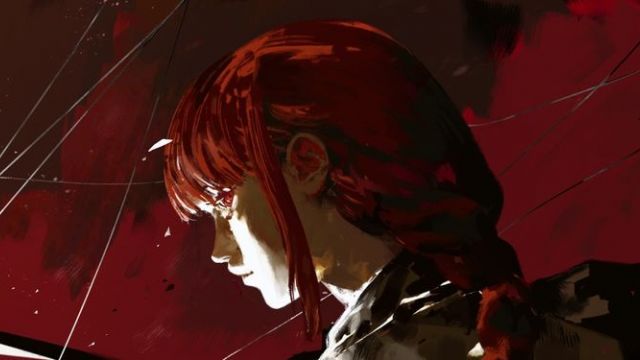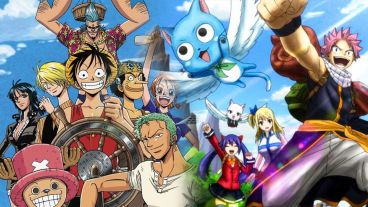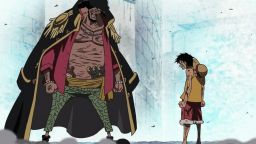Katsuki Bakugo from My Hero Academia; Satoru Gojo from Jujutsu Kaisen; Levi Ackerman from Attack on Titan.
While it was once considered an acquired taste for a very selective fanbase, the anime industry has recently started to become much more mainstream. Before the internet age, anime was a niche subculture enjoyed by just a handful of fans, who were labeled as socially awkward and/or geeky.
However, due to technological advancement, social media has paved the way for the anime (and by extension the manga) industry to flourish. As a result, anime is capturing the eyes of curious spectators and gaining a larger community of fans.
Anime Found a Breakthrough on TikTok
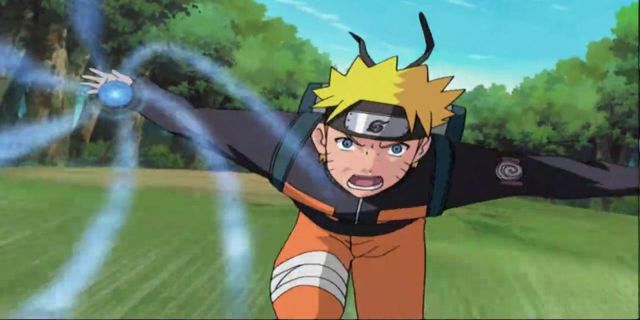
One of the ways that the anime and manga industry flourished is from the use of the social media app, TikTok, launched internationally in 2017. Content creators can create viral video clips incorporating popular dances, songs, and visual art. For a TikTok clip to become viral, videos are showcased in a TikTok user's recommendations, spreading the content to the rest of the TikTok community.
TikTok has also proven to be a haven for anime fans to express their love and appreciation of their favorite shows. Many creators produce videos showcasing their favorite characters from the genre in clips of fan art. Some prime examples include Makima from Chainsaw Man reciting some of her most charming statements with a jingle in the background and Satoru Gojo from Jujutsu Kaisen appearing sleek and cool in visually aesthetic backgrounds. Fans also showcase their amazing anime cosplay on TikTok, garnering the admiration of millions of fans around the world.
Many of these clips have become viral, leading to several viral trends and memes. One popular TikTok trend is the silhouette kabedon. A content creator would have risqué lines said by their favorite anime character in the background while having the silhouette of the anime character doing a kabedon on the content creator. A popular example of this trend involves the My Hero Academia character Bakugo. Once a TikTok video clip becomes viral, many other users would copy or create a similar video with their twist on the trend, hoping for their video to become just as popular.
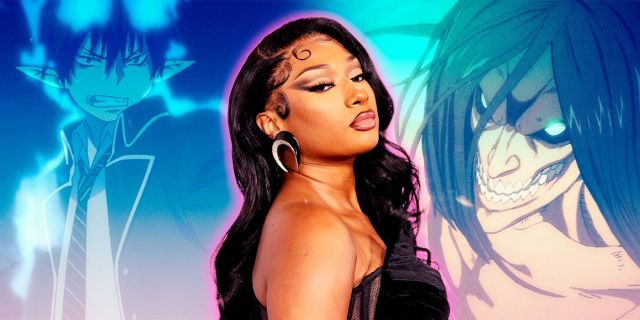
TikTok is not the only social media platform where anime fans showcase their appreciation for anime series. Over the years, fans have shared their love for anime on other popular platforms. In the mid-2000s, fans created anime music videos (AMV) on YouTube. These AMVs incorporate anime or mainstream music with scenes that match the lyrics or beat of the song. Soon after, content creators got more creative by producing anime parody music on SoundCloud and showcasing their anime fan art on Instagram.
Fans also create viral memes on the internet. Memes are a piece of visual or textual content that gets massively copied with variations by others on social media. For example, in the mid-2000s, Naruto fans published video clips of the series around anime backdrops and famous tourist sites. Although this trend cooled down over the years, it remains iconic, and these type of videos are still being produced from time to time.
Social media also allows fans to share their critiques and excitement about the latest anime shows. For example, on Reddit and Discord, fans regularly express their thoughts about everything from live-action anime and manga adaptations to their love for a specific character via chats, forums, and blogs. Fans also create videos in which they upload their reactions to the most recent episode release of an anime in a video or live stream on YouTube or Twitch, where listeners interact with the content creator through comments.
Before social media platforms, it was difficult for anime fans to find friends who shared the same interests and hobbies in real life. Prior to the mid-2000s, anime was niche, and individuals who enjoyed the art form were often stigmatized and stereotyped. However, celebrities like Michael B. Jordan and Megan Thee Stallion consider themselves anime fans, making the medium much more acceptable to mainstream audiences. These celebrities endorse anime, influencing their fans to give the genre a chance.
Furthermore, anime and manga publishing companies can see what content is trending among fans on internet forums. Companies can make specific marketing campaigns targeting these groups by knowing what interests audiences. Additionally, many companies are starting to collaborate with anime and manga producers to come up with products that will attract anime fans. For example, ColourPop has produced cosmetics inspired by Sailor Moon and Naruto, and this fall the NBA and HYPERFLY are doing a collaborative crossover, releasing a streetwear fashion line featuring My Hero Academia characters. The increased publicity of anime is allowing the art form to break into various markets.
The new exposure anime is receiving can invite curious viewers to try out a series or two. As a result, streaming platforms are in competition with one another to get licensing for upcoming anime series that are now in high demand. Anime can now no longer truly be considered a niche medium - and social media is largely to blame for the art evolving to its final form.
